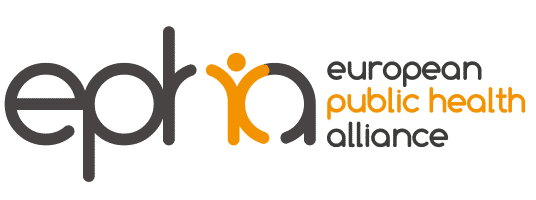At the end of 2018, the European Commission published its Communication on the evaluation of the EU Framework for National Roma Integration Strategies up to 2020, following the public consultation which ended in October 2017.
While the priority areas of the Framework: access to education, employment, healthcare, and housing are still s key to Roma inclusion, there is still more to be done. The evaluation questions the effectiveness of the framework, showing no progress towards the employment and housing goals, very limited progress towards health and some progress towards the education goal. Despite the overlaps between the EU Roma Framework and several EU policy, funding and legal instruments (Europe 2020, ESIF, antidiscrimination legislation, enlargement) at national level there is insufficient mainstreaming of the framework’s priorities into national public policies and not enough funding has been allocated to implement the National Roma Integration Strategies.
As a consequence, available data consistently shows higher rates of illness and mortality among Roma than in the rest of the population. Indeed, the health of Roma is significantly worse than that of the majority population of any country in which they live. Roma populations have on average a life expectancy between 5-20 years shorter and face high infant mortality rates, 2-3 times higher than of the general population. A wide range of socio-economic and environmental determinants of health, including discrimination, poverty, segregation in education, unemployment, isolation and marginalization, differences in the quality of healthcare, vaccination uptake, negatively affect the Roma population,and are to blame for this outcome..
The EU Framework, despite its shortcomings, does have the potential to change the lives of Roma – however, there is still a considerable gap between the rhetoric and action. One way to ensure real change would be for the National Roma Integration Strategies to be binding on Member States. The parts of national budgets allocated to Roma should be equivalent to the magnitude of social exclusion and poverty that Roma are facing, and implementation should be focused at local level.
The next EU Roma Framework will be an opportunity to rectify these shortcomings and EPHA has already set out its key recommendations to improve Roma health. As the Commission decides on the next steps, now it’s time for all the voices in the Roma community to work together to ensure that Roma issues stay on the EU agenda.
Marius Tudor
Roma Health Project Manager
